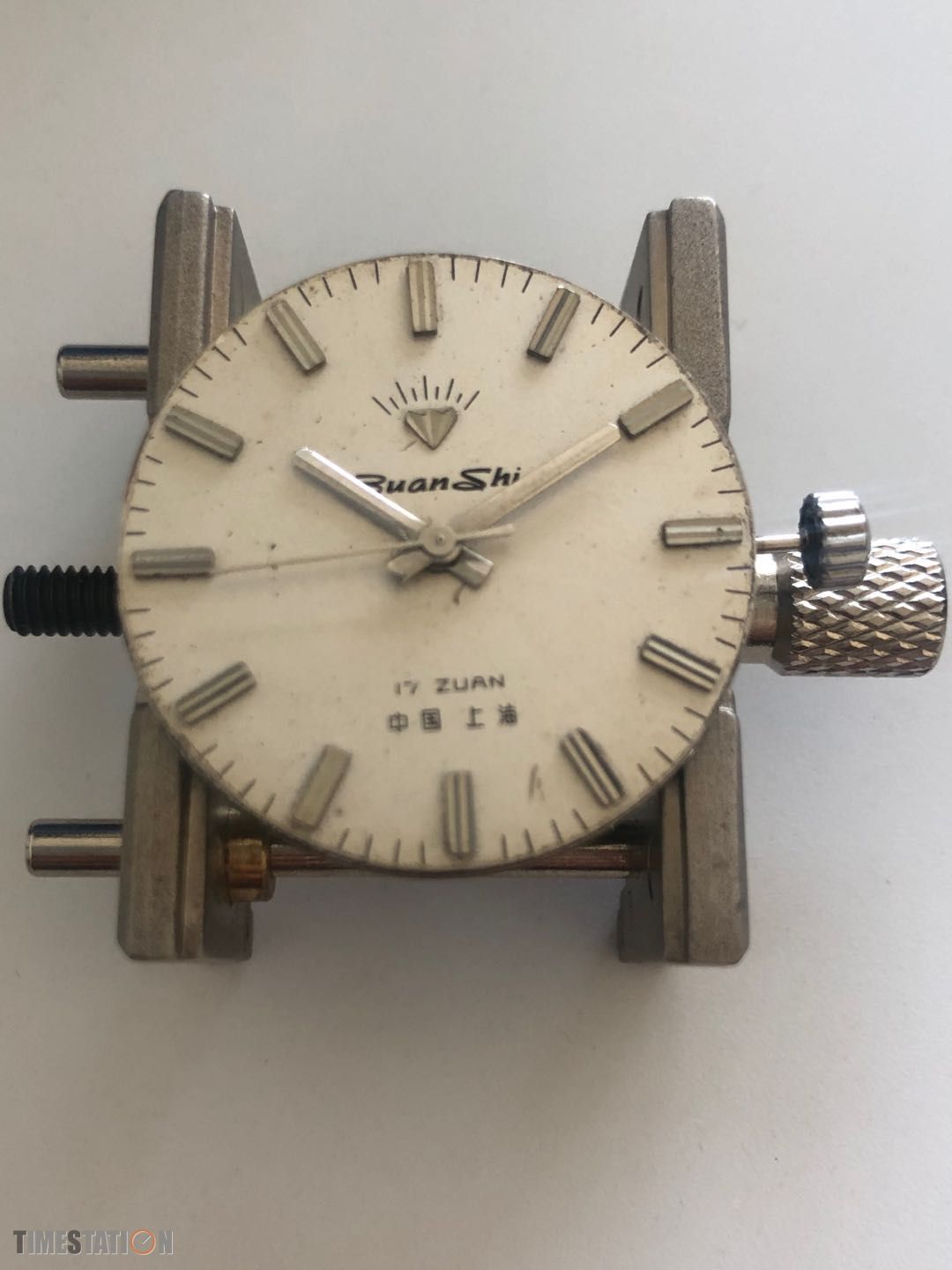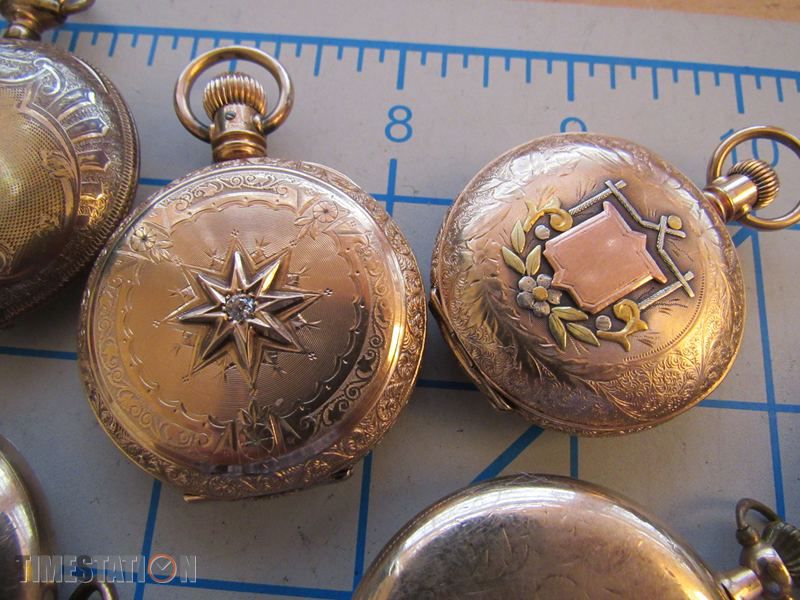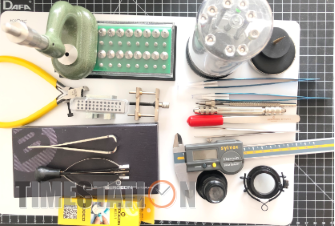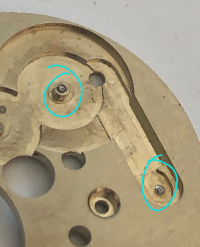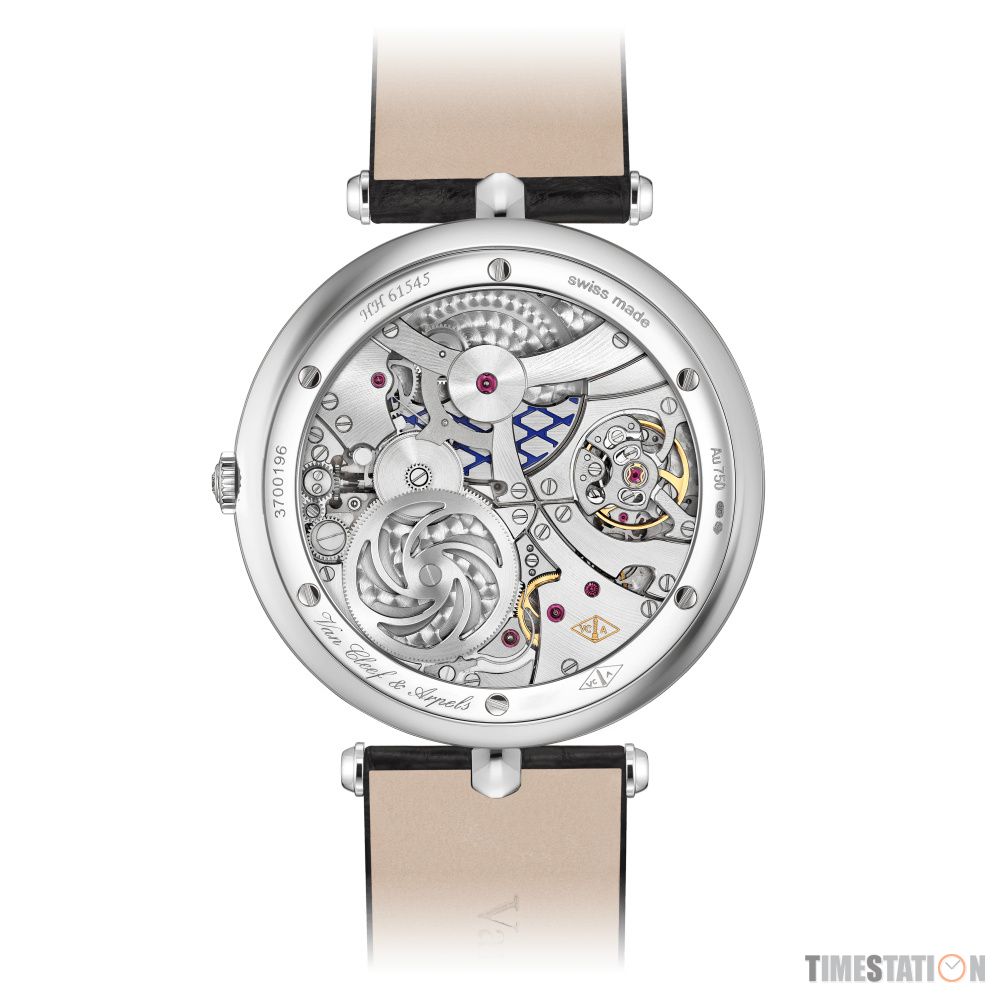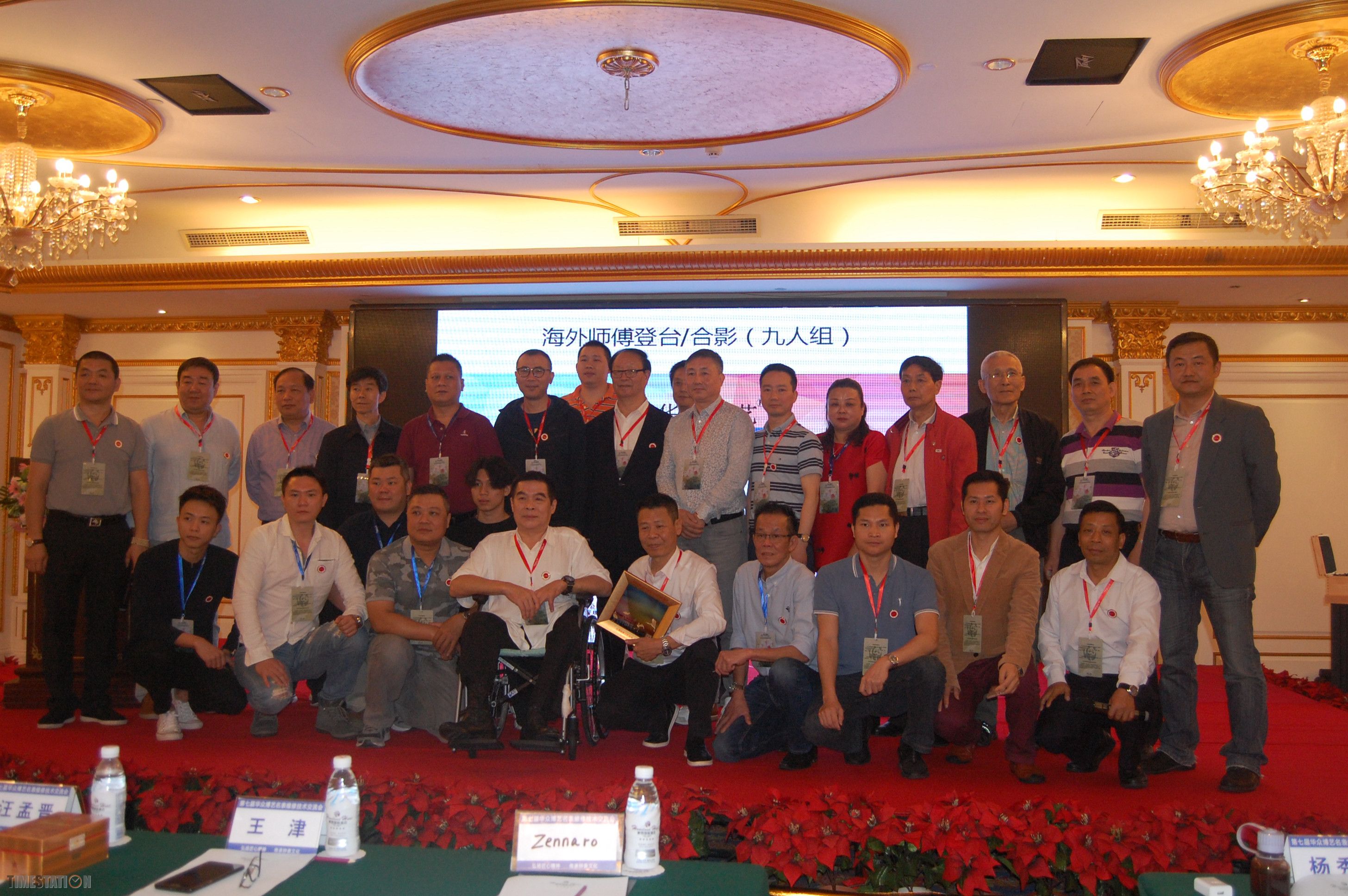35TH ANNIVERSARY OF THE LAUREATO WATCH – 40TH ANNIVERSARY OF GIRARD-PERREGAUX QUARTZ WATCHES
40 exclusive pieces as a double tribute to the Girard-Perregaux Manufacture's expertise in the areas of innovation and design
In 2010, Girard-Perregaux will celebrate a double anniversary: thirty-five years of the ‘Laureato’ collection and forty years since its first quartz wrist watches. The Manufacture, now renowned the world over for its mechanical movements, also played a pioneering role in the story of quartz watches. It was in fact Girard-Perregaux that set the decisive frequency of 32,768 Hz, since adopted by all manufacturers as the universal standard.
This progressive step, at the time revolutionary, was one of the Brand's great innovations. Visionary spirit and technical progress have always been in Girard-Perregaux's genes, and the Brand has obtained almost 80 patents in the watchmaking field. It is an extraordinary heritage, a part of which is celebrated by this commemorative model.
The story of quartz
In the 1960s, Girard-Perregaux was one of the few brands to have its own Research & Development Department. It enabled it to cope with one of the greatest revolutions the watchmaking industry has ever seen: the advent of electronics, considered at the time to be cutting-edge technology in the industry. The Japanese, Americans and Swiss raced to develop applications in quartz technology, and to use them in the scaled-down dimensions required for wrist watches. Technological advances in the miniaturisation of electronic components, developments in reducing the watch's internal parts, quartz resonators and micromotors and the production of reliable batteries all made this revolution possible.
Girard-Perregaux adopted a bold stance. While most Swiss watchmakers were undertaking joint research by entrusting it to the Swiss watchmaking research laboratory (Laboratoire Suisse de Recherche Horlogère - LSRH) and the watchmaking electronics centre (Centre Electronique Horloger - CEH) from 1962, the Manufacture struck out on its own. It was then almost inconceivable for a firm to conduct its research independently. However, Girard-Perregaux confirmed its desire to ensure that its procurement was not dependent on suppliers servicing the entire industry, and also that its products were not manufactured using a movement developed as an industry standard. The firm created an Electronic Research Department in 1966. They hired a young electronics engineer, Georges Vuffray, envisaging a programme with three main steps:
- Construction of a quartz master clock
- Construction of a small quartz clock
- Construction of a wrist watch.
It also acquired new premises, machines and complex tools, and began training staff in the new technology.
The CEH's research progressed during this time: after producing the first quartz wrist watch prototypes, its aim was to get them to market as quickly as possible. Competition was also intensifying with Japanese companies, which were submitting quartz watch prototypes to the Neuchâtel Observatory.
Girard-Perregaux sped up its operations to achieve a real tour de force: at the Basel watchmaking fair in April 1970, it unveiled the Elcron, a quartz wrist watch featuring an 8,192 Hz quartz oscillator. The Manufacture managed to independently announce this discovery at Basel at the same time as the arrival of the CEH's watches equipped with the Beta 21. The following year it accomplished a new feat: the presentation of a second generation of Girard-Perregaux quartz watches, with the quartz oscillating for the first time at 32,768 Hz, a frequency adopted since then as a universal standard.
The GP-350 movement was equipped with an integrated circuit produced by Motorola, bringing together the equivalent of 300 transistors within an area equivalent to 5 mm2. Its consumption was reduced to four micro-amperes, enabling sufficient battery life. The rate error was just one minute per year. To put this development at the cutting edge of technology to the test, Girard-Perregaux submitted it to the Neuchâtel Observatory. For the very first time, quartz wrist watches passed both static and dynamic tests. Following 38 days of testing, Girard-Perregaux quartz watches were certified by the Neuchâtel Observatory in 1971-1972, testifying to their exceptional precision and reliability.
Thanks to an advanced technical design and the Manufacture's ability to put the innovation into production at a competitive price, Girard-Perregaux's quartz watches achieved great commercial success. This was especially true in the United States, where its presentation at the meeting of the 24 Karat Club in January 1972, which brought the American watchmaking elite together in New York, was quite an event.
More than 20,000 GP350 movements were created for Girard-Perregaux and for other brands. A few years later, in 1975, the Manufacture decided to devote all its progress in the field of quartz to its latest creation: the ‘Laureato’. |

